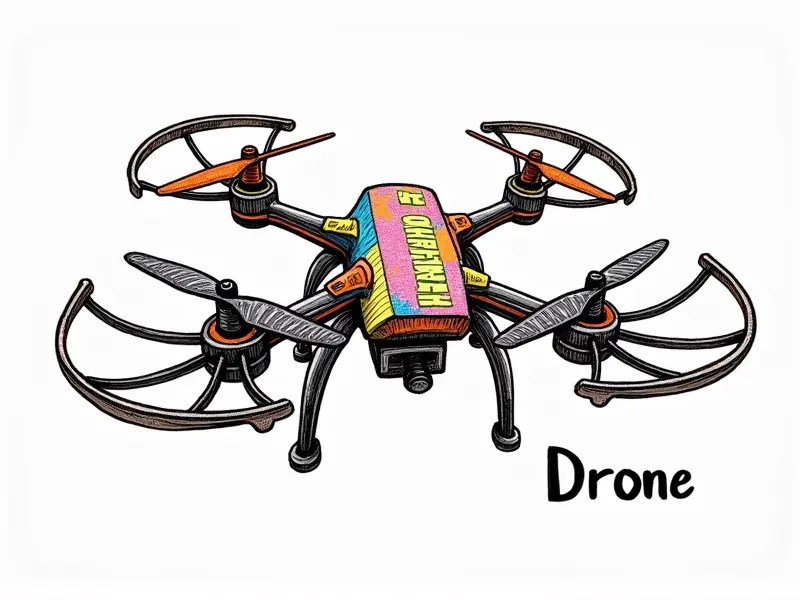Eachine TX6 transmitter range

Maximize Eachine TX6 Range Tips
The Eachine TX6 is a versatile transmitter that offers reliable performance for FPV racing and recreational flying. To get the most out of your Eachine TX6, it's essential to understand how to maximize its range effectively.
- Antenna Position: Ensure the antennas are correctly positioned for optimal signal transmission. The best position is when they're perpendicular to each other.
- Battery Condition: Use a fully charged and healthy battery to maintain consistent performance throughout your flight.
Boost Eachine TX6 Transmitter Distance
To enhance the distance of your Eachine TX6 transmitter, consider upgrading or optimizing certain components. Proper setup is crucial for long-range flying:
- High-Quality Antennas: Upgrade to high-gain antennas designed specifically for FPV transmitters.
- Optimized Power Supply: Use a stable power supply with sufficient current capacity to prevent voltage drops during transmission.
Optimal Settings for Eachine TX6 Range
The settings within your transmitter play a significant role in determining the effective range. Here are some recommended configurations:
- Channel Selection: Choose channels that are less crowded and have fewer interferences.
- Transmission Power: Adjust the power output to balance between distance and battery life, ensuring it doesn't exceed legal limits.
How Far Can Eachine TX6 Fly?
The maximum range of an Eachine TX6 transmitter can vary based on environmental factors such as terrain, obstructions, and signal interference. Generally, the effective range is around 1-2 kilometers under ideal conditions.
Enhance Signal Strength on Eachine TX6
To improve signal strength, follow these steps:
- Reduce Interference: Avoid flying near other transmitters or sources of electromagnetic interference.
- Signal Boosters: Consider using external amplifiers or boosters to enhance the transmitter's range.
Troubleshoot Weak Range on Eachine TX6
If you're experiencing weak signal strength, try these troubleshooting tips:
- Check Connections: Ensure all connections are secure and free from corrosion or damage.
- Update Firmware: Keep the transmitter's firmware updated to benefit from any performance enhancements or bug fixes.
Best Practices for Eachine TX6 Range
To maintain optimal range, adhere to these best practices:
- Regular Maintenance: Clean and inspect the transmitter regularly to ensure it's in good working condition.
- Environmental Awareness: Be mindful of your surroundings and avoid flying near buildings or other obstacles that may block signals.
Secrets to Long-Range Eachine TX6 Flying
Long-range flying requires a combination of hardware upgrades, software adjustments, and strategic planning:
- High-Gain Antennas: Invest in high-gain antennas for improved signal transmission.
- Antenna Mounting: Use specialized mounting solutions to keep the antennas aligned properly during flight.
Understanding Eachine TX6's Effective Range
The effective range of an Eachine TX6 transmitter is influenced by several factors, including antenna quality, environmental conditions, and signal strength. Understanding these elements will help you achieve better performance:
- Antenna Quality: High-quality antennas provide superior transmission capabilities.
- Environmental Factors: Open terrain with minimal obstructions offers the best range.
Optimize Your Eachine TX6 Transmission Distance
To optimize your transmitter's distance, consider the following tips:
- Battery Management: Use a battery management system to monitor and maintain optimal voltage levels during flight.
- Firmware Updates: Regularly update firmware to ensure you're using the latest software enhancements.
Common Issues with Eachine TX6 Range
Several common issues can affect your transmitter's range, including:
- Signal Interference: Other electronic devices or competing signals can weaken your transmission.
- Battery Degradation: Over time, batteries may lose capacity and affect performance.
Conclusion
Maximizing the range of an Eachine TX6 transmitter involves a combination of hardware upgrades, software tweaks, and strategic planning. By following these guidelines and best practices, you can enhance your flying experience significantly. Remember to regularly maintain your equipment and stay informed about any updates or new technologies that may improve performance.

